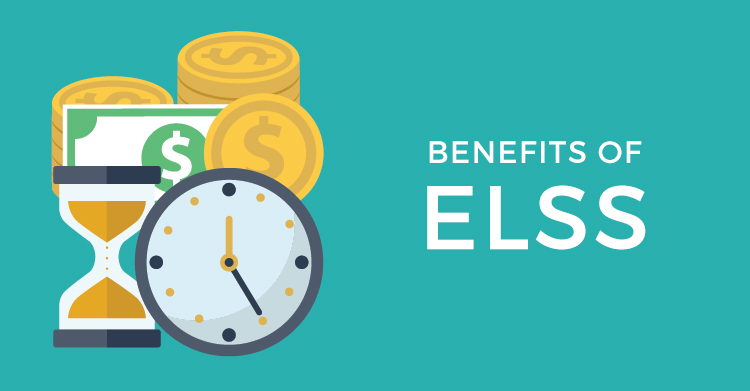ELSS vs ULIP, Almost all investors who are contemplating an investment in market-linked securities must have thought about this puzzle at least once. And to search for the right answer they might have to go through volumes of literature available on financial websites, which might confuse people with their conflicting views. This article aims to provide detailed information on the difference between ELSS and ULIP. Let’s begin by understanding what ELSS and ULIP is.
What is ELSS?
ELSS mutual funds, also known as tax-saving mutual funds,are investment securities that offer dual benefits of capital generation and tax-saving benefits. These funds invest a majority of their corpus in equity and equity-related instruments.
What is ULIP?
Unit-Linked Insurance Plan (ULIP) is a combination of investment and insurance. Under the ULIP scheme, a part of your premium goes towards life cover insurance and the rest of it is assigned to a common pool of money, called a fund, similar to a mutual fund, which invests in equity or debt or a combination of both.
ULIP vs ELSS
The following table summaries ulip and elss difference:
| ULIP | ELSS | |
| Objective | These funds combine the elements of insurance and investment with tax-saving attributes | ELSS funds are professionally managed funds that offer dual benefits of tax saving and wealth creation |
| Returns | Returns on these investments may vary depending upon the combination of asset classes (equity, debt and hybrid) chosen by the investor | Mutual fund investments are subject to market risk. However, an investor can expect returns between 12-14% in the long run |
| Lock-in period | 5 years | 3 years |
| Tax computation | The invested amount offers tax deduction of up to Rs1.5 lakh u/s 80C. However, the gains are taxed | LTCG (long-term capital gains) is taxed @10% over and above Rs1 lakh |
| Liquidity | Low – funds are available after the lock-in period of 5 years | High – funds are available after a lock-in period of 3 years |
| Charges applicable | ULIPs have multiple complex charges such as premium allocation charges, policy administration charges, mortality charges, etc. | Fund management charges and exit load are specified clearly and are easy to comprehend |
| Regulator | ULIP plans are regulated by the Insurance Regulatory and Development Authority (IRDA) | ELSS mutual funds are regulated by the Securities and Exchange Board of India (SEBI) |
| Loyalty additions | Loyalty addition is offered under the ULIP policy for staying invested through the tenure. Loyalty addition bonus is given as per the T&Cs of the policy | No such loyalty additions are applicable |
| Transparency | The fund manager manages ULIP plans | ELSS mutual funds offer full transparency as the investor can check the funds regularly |
| Risk | ULIP plans have a certain degree of risk as the returns are dependent upon the performance of the fund. However, ULIP plans offer guaranteed life cover | ELSS funds have a certain degree of risk as the returns are dependent upon the performance of the fund |
Whether you decide to choose between ELSS or ULIP should entirely depend on your investment portfolio. Compare the two and make the right decision for your portfolio. Happy investing!






